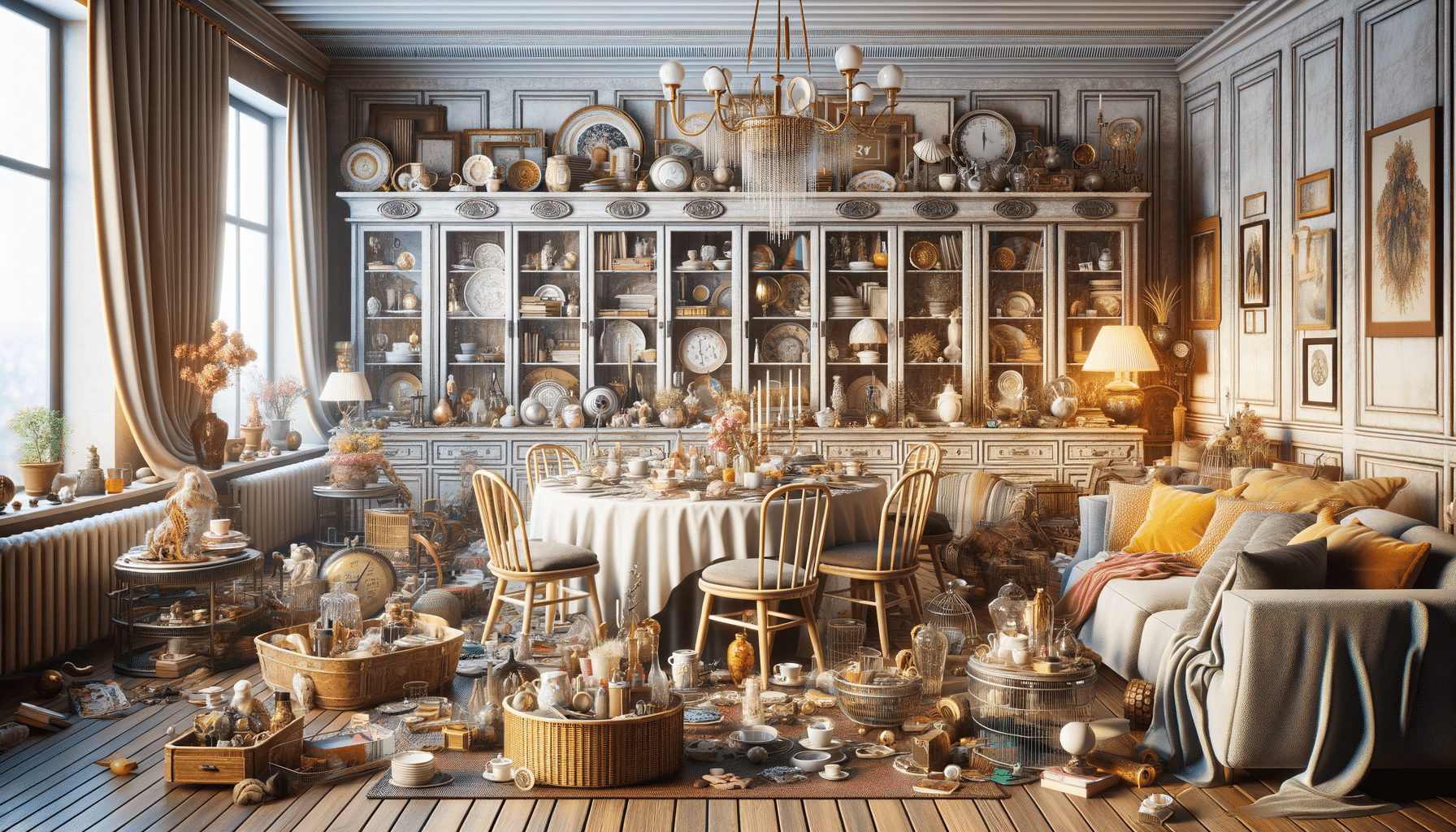
These 17 home decor trends are quietly fading in 2025
Introduction to Evolving Home Decor Trends
Home decor is a dynamic field that constantly evolves with changing tastes, technological advancements, and cultural shifts. As we move into 2025, several trends that once dominated the interior design landscape are quietly fading. Understanding these transitions is crucial for homeowners and decorators who wish to keep their spaces fresh and relevant. This article delves into these changing trends, providing insights and alternatives that can help you stay ahead in the world of home decor.
The Decline of Minimalism
For years, minimalism was the go-to aesthetic for many homeowners. The appeal of clean lines, neutral colors, and uncluttered spaces seemed timeless. However, in 2025, the minimalist trend is starting to wane as people seek more warmth and personality in their homes. Minimalism’s strict adherence to simplicity can sometimes lead to spaces that feel sterile and impersonal.
In its place, we see the rise of ‚maximalism,‘ a design philosophy that embraces color, texture, and personal expression. Maximalism encourages a mix of patterns, bold color palettes, and eclectic furnishings, allowing homeowners to infuse their spaces with individuality. This shift reflects a broader cultural movement towards self-expression and authenticity, with people wanting their homes to tell a story rather than conform to a one-size-fits-all aesthetic.
While minimalism is not disappearing entirely, its dominance is being challenged by these more expressive and vibrant design choices. For those who still appreciate the minimalist approach, incorporating elements of warmth through textiles or statement art pieces can help create a more inviting environment.
Goodbye to Grey: The Color Palette Transformation
Grey has been a staple in home decor for over a decade, favored for its versatility and understated elegance. However, as we step into 2025, grey is gradually being replaced by more vibrant and warmer hues. The shift towards earthy tones like terracotta, olive green, and deep blues reflects a desire for spaces that feel more connected to nature and evoke a sense of tranquility.
This transition is also influenced by the growing importance of sustainability in design. Earthy colors often pair well with natural materials such as wood, stone, and linen, which are increasingly popular for their eco-friendly properties. Additionally, these colors can create a cozy and inviting atmosphere, making homes feel more like sanctuaries.
For those hesitant to let go of grey, consider using it as an accent rather than a dominant color. Pairing grey with warmer tones can create a balanced and harmonious look that feels both modern and timeless.
The Shift from Open Floor Plans
Open floor plans have been a hallmark of modern home design, celebrated for their spaciousness and ability to foster social interaction. However, the pandemic has reshaped how we use our homes, leading to a reevaluation of this trend. As more people work from home, the need for defined spaces that offer privacy and functionality has become apparent.
In 2025, we see a move towards creating distinct zones within homes. This doesn’t mean completely closing off spaces but rather using design elements like partial walls, screens, or furniture arrangements to delineate areas. This approach allows for flexibility, enabling spaces to serve multiple purposes without sacrificing the open feel.
Moreover, this trend aligns with a growing appreciation for multifunctional furniture and adaptable designs that can easily transition between work, leisure, and family activities. By rethinking the open floor plan, homeowners can create environments that better suit their evolving lifestyles.
Rethinking Industrial Style
The industrial style, characterized by exposed brick, metal fixtures, and a raw, unfinished look, has been popular for its edgy and urban appeal. However, in 2025, this trend is losing its luster as people gravitate towards softer and more refined aesthetics.
The shift away from industrial design is partly due to its association with cold and impersonal spaces. As people seek comfort and coziness in their homes, there’s a move towards incorporating more natural materials and textures. Wood, rattan, and soft fabrics are being used to soften the harshness of industrial elements, creating a more balanced and inviting atmosphere.
For those who still appreciate the industrial style, blending it with elements of other design trends, such as rustic or Scandinavian styles, can help create a more harmonious and comfortable living space. This fusion allows for the retention of industrial’s unique character while making it more livable and warm.
Conclusion: Embracing Change in Home Decor
As we navigate through 2025, the world of home decor continues to evolve, reflecting broader societal changes and personal preferences. While certain trends are fading, they pave the way for new ideas and styles that resonate with contemporary values and lifestyles.
Whether you’re a homeowner looking to refresh your space or a decorator seeking inspiration, staying informed about these shifts can help you make design choices that are both stylish and functional. Embracing change in home decor not only enhances the aesthetic appeal of your home but also ensures that it remains a true reflection of who you are.